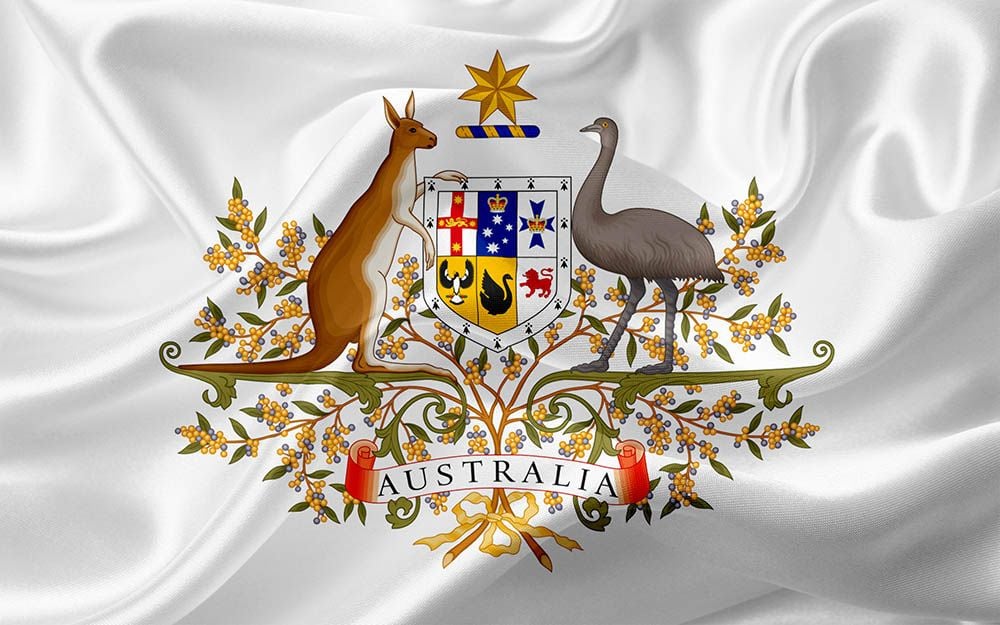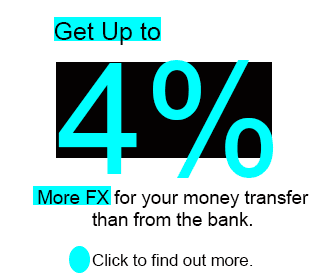GBP/AUD Rate Week Ahead Forecast: Weakness Expected to Persist
- Written by: Gary Howes
-

The Federal Budget is one of the week's highlights for AUD. Image © Adobe Images.
The Pound to Australian Dollar exchange rate risks further declines in the coming days amidst a soft technical setup and potential downside risks to U.S. inflation.
GBP/AUD is in a downtrend and resides comfortably below its 200-day moving average. Our Week Ahead Forecast rules state that when an exchange rate is below its 200 DMA we must consider any strength to be temporary because the next big directional move will be to the downside.
With this in mind, we would target the December 2023 lows at 1.86 in the coming weeks.
But, the coming days could see further consolidation above 1.89 as the RSI indicator turns higher again, which can offer some tactical opportunities for those looking to buy AUD with their GBP.
Recoveries can extend above 1.90, but for now, we expect strength to be shortlived, as per our rule that periods of strength are corrections of the broader trend lower that is underway.
Above: GBP/AUD at daily intervals. Track GBP/AUD with your own custom rate alerts. Set Up Here
The clearest route to more pronounced Aussie Dollar weakness would be if this week's U.S. inflation data - due Wednesday - undershoots expectations as this will impact global risk sentiment, arguably the most important factor for this risk-sensitive currency.
The Australian Dollar's recent outperformance against the Pound, Euro, and Dollar has tracked growing expectations for a September interest rate cut at the Federal Reserve; in fact, the Aussie is the best-performing G10 currency when screened over a one-month period.
But this recovery will be undermined if Wednesday's inflation figures beat expectations and once again lower these odds.
"We expect the core CPI for April to be stronger than the prediction of the consensus of U.S. economists," says Kristina Clifton, an analyst at Commonwealth Bank of Australia. "A strong core CPI will put at risk current market pricing for a September start of the FOMC’s interest rate cutting cycle."
CBA looks for AUD/USD to fall to 0.6511 if they are right about the U.S. job report, which will pressure other Australian Dollar exchange rates. Such a fall in AUD/USD would boost GBP/AUD, provided GBP/USD doesn't fall as far as AUD/USD.

There is also plenty of interest in Australia this week, starting with Tuesday's Federal Budget. Fiscal estimates are expected to show a second consecutive surplus for 2023/24, before the budget slips into deficit in 2024-25 and beyond.
The Budget will focus on providing targeted cost of living support and securing Australia’s economic and strategic future. Any unexpectedly generous advances would potentially be interpreted as inflationary, which would delay the onset of Reserve Bank of Australia rate cuts, and underpin the Australian Dollar.
But RBA Governor Michelle Bullock suggested at last week's interest rate decision that the government was keen not to stimulate inflation, meaning such a surprise is unlikely.
Turning to the data, the wage Price Index is released Wednesday, with first quarter wages forecast to have increased 0.9% in the first quarter. Any strong print here would boost AUD.
The big release of the week is Thursday's Aussie jobs growth, where the market looks for a return to growth of 21.9K. This series has been incredibly volatile of late, but economists expect to offer 'cleaner' signals from here onwards.
A strong reading would only further the idea that the RBA will be one of the last central banks to cut rates, which has been an assumption that has contributed to AUD outperformance in recent weeks.






